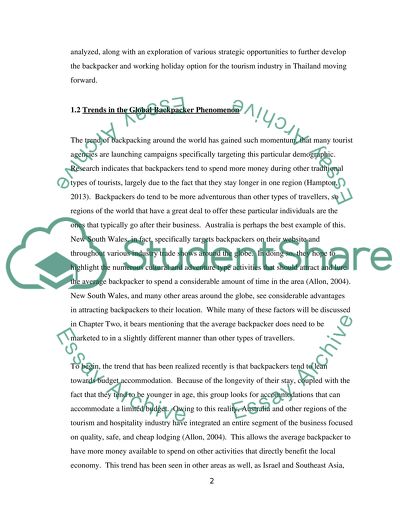Cite this document
(“Youth transnationalism backpacking and tourism in Thailand Essay”, n.d.)
Retrieved from https://studentshare.org/tourism/1488598-youth-transnationalism-backpacking-and-tourism-in
Retrieved from https://studentshare.org/tourism/1488598-youth-transnationalism-backpacking-and-tourism-in
(Youth Transnationalism Backpacking and Tourism in Thailand Essay)
https://studentshare.org/tourism/1488598-youth-transnationalism-backpacking-and-tourism-in.
https://studentshare.org/tourism/1488598-youth-transnationalism-backpacking-and-tourism-in.
“Youth Transnationalism Backpacking and Tourism in Thailand Essay”, n.d. https://studentshare.org/tourism/1488598-youth-transnationalism-backpacking-and-tourism-in.


